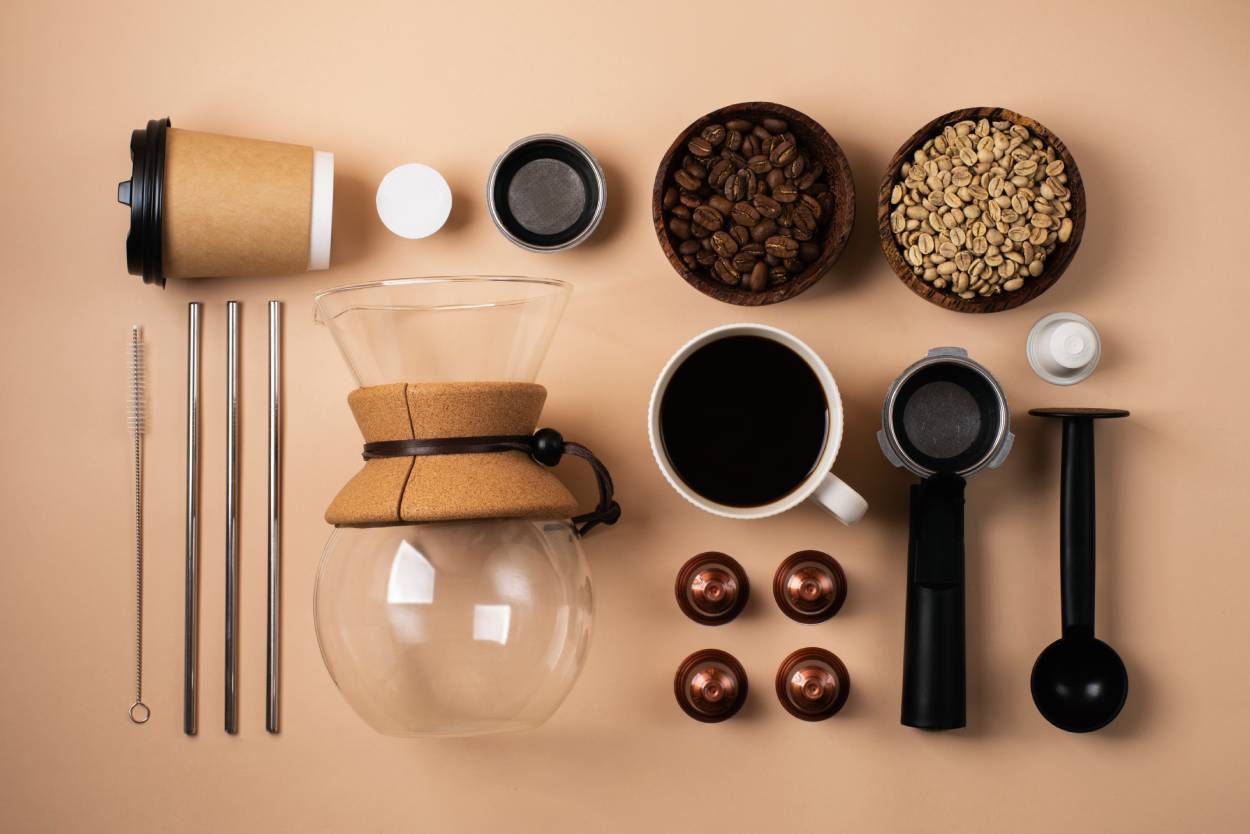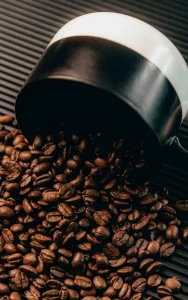
How to Determine if Your Coffee Beans Have Gone Stale
How to Determine if Your Coffee Beans Have Gone Stale
- Sophia Williams
- 16-04-2024
- 16-04-2024
- 674 views
- Coffee Beans

Whether you’re grabbing a cup from your favorite local spot or brewing it at home, coffee serves as the fuel that propels many of us through the day. But for those who truly appreciate the nuances of a perfect cup, freshness is key. Here’s how you can discern whether your coffee beans have passed their prime.

Understanding Freshness: Erika Vonie, an independent coffee consultant, likens the freshness of coffee to the ripeness arc of a banana. Coffee needs time to rest after roasting, allowing gases to dissipate. There’s a peak “off-roast” date when the coffee hits its sweet spot, after which flavors and aromas may become muted.
Timing Matters: While coffee is shelf-stable for a considerable time, it won’t taste its best if consumed too long after roasting. James Hoffmann, co-founder of Square Mile Coffee Roasters, suggests letting coffee rest for a week or two post-roast and using it within a month or so for optimal flavor.
Testing Freshness: To determine if your beans are fresh, seal a half-cup in a zip-close bag overnight. Fresh beans release carbon dioxide, causing the bag to puff up, while stale beans leave it flat.

Oil Content: As coffee ages, aromatic compounds diminish, and oils in the beans can turn rancid, affecting flavor. Darker roasts tend to have more oil on the surface, which accelerates oxidation.
Whole vs. Ground: Ground coffee stales much faster than whole beans due to increased surface area. If grinding immediately before brewing isn’t an option, pre-grinding shortly before brewing can help mitigate staleness.
Storage Tips: Store coffee in a cool, dark place in an airtight container. While some advocate for freezing coffee, it’s generally recommended to keep it away from heat, moisture, and sunlight.
By understanding these factors and conducting simple freshness tests, you can ensure that every cup of coffee you brew is as flavorful and satisfying as possible.





















